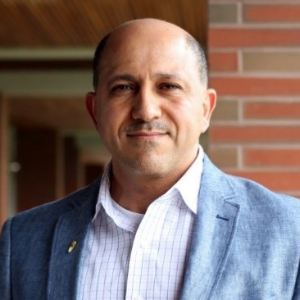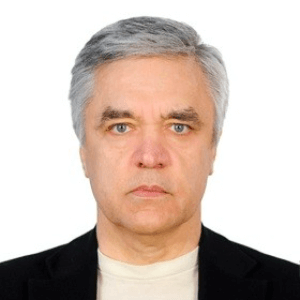Trace Evidence
Trace Evidence Is A Branch Of Forensic Science Involving Small Amounts Of Physical Evidence Left At The Scene Of A Crime. Trace Evidence Pertains To Physical Objects No Bigger Than A Few Millimeters In Size, Including Hair, Fibers, Paint Chips, Glass, Soil, Or Gun Shot Residue. Such Trace Evidence Can Play A Large Role In Convicting Or Exonerating A Suspect In A Criminal Trial. The Purpose Of Trace Evidence Is To Link A Suspect To A Crime Scene And Also To Connect Different Scenes Of A Crime To Each Other. Trace Evidence, As With Any Forensic Science, Has To Meet Stringent Legal Requirements For Admissibility In Court. To Meet This Standard, Trace Evidence Must Be Identified, Collected, Properly Documented, Evaluated Scientifically, And Interpreted Properly. Trace Evidence Is Often Collected By A Crime Scene Investigator Who Will Use Specialized Tools Like Tweezers, Forceps, And Tape Lifts To Pick Up Evidence In Such A Way That Does Not Contaminate It. Once Collected, The Evidence Is Sealed In Quality Packaging And Labeled For Processing. Analysis Of Trace Evidence Relies Heavily On The Use Of Chemistry. Chemical Tests Identify And Compare Substances, Classify Materials, And Detect The Presence Of Certain Compounds Within A Sample. A Variety Of Tests Are Used To Analyze Trace Evidence Including Microscopy, Spectrophotometry, Chromatography, And Mass Spectrometry. In Some Cases, A Suspect Can Be Linked To A Crime Scene By A Single Trace Element. For Example, Soil Particles Recovered From The Crime Scene Can Be Compared To Soil Samples Typically Found At The Suspect’s Residence. Even Particles Not Visible To The Human Eye Can Be Used For Comparison Using Sophisticated Microscopy Techniques. The Analysis Of Trace Evidence Can Be A Powerful Tool In Both Convicting And Exonerating Suspects Of A Crime. In Modern Forensic Science, Strong Emphasis Is Placed On The Accuracy Of Trace Evidence Analysis And The Validity Of Its Results. By Relying On The Application Of Chemistry And Other Scientific Disciplines, Trace Evidence Can Provide Evidence-Based Conclusions.

Hossam A Gabbar
Ontario Tech University, Canada
Victor John Law
University College Dublin, Ireland
Alexander Bagaturyants
National Research Nuclear University MEPhI, Russian Federation
Sergey Suchkov
N.D. Zelinskii Institute for Organic Chemistry of the Russian Academy of Sciences, Russian Federation
Shree Niwas Chaturvedi
Centre for Aptitude Analysis and Talent Search, India
Pieter Samyn
SIRRIS, Belgium




Title : Advances in plasma-based radioactive waste treatment
Hossam A Gabbar, Ontario Tech University, Canada
Title : Unraveling the ultrastructure and functions of the neuronal membrane skeleton using super-resolution fluorescence microscopy
Zhou Ruobo, Djillali Liabes University of Sidi Bel Abbes, Algeria
Title : Solar box cooker dehydration, and relative humidity endpoint detection, of lamiaceae culinary leaves on the island of Crete
Victor John Law, University College Dublin, Ireland
Title : Nutrient and heavy metal loads from the Ribeiras to Coastal zones: A land-ocean continuum perspective in Madeira Island
Aracelis Del Carmen Narayan Rajnauth, University of Porto, Portugal
Title : Prospective polyoxometalate-based covalent organic framework heterogeneous catalysts
Arash Ebrahimi, Comenius University Bratislava, Slovenia
Title : Eliminating implant failure in humans with nano chemistry: 30,000 cases and counting
Thomas J Webster, Brown University, United States